Saving the planet is a priority for most of us. At Natracare we’ve got a lot of time for it! Trying to be more proactive about creating a sustainable future for the planet, 75% of people in the UK are actively adjusting their consumption to cause less harm to the earth.
Becoming less wasteful is a challenge. Especially when plastic is hidden in places we might never have guessed and feels so essential to our lives. But one trend that has popped up recently — focused on disposing of plastic in a more eco-friendly way — is building ecobricks. But what are ecobricks and why are they important?
What are ecobricks?
You might have heard about ecobricks recently (everybody seems to be ecobricking!), but what exactly are they? Ecobricks are single-use plastic bottles that have been cleaned out and packed tightly with other bits of single-use plastic to be reused as building blocks. Bricks that have been made out of recycled plastic help to extend the life of single-use plastic. Instead of ending its life immediately after one use, ecobricks avoid sending single-use plastic straight to landfill.
The history of ecobricks
Did you know ecobricks began in Guatemala? It started as a building technique to solve excess plastic problems in areas without an effective waste infrastructure. Soon enough, other countries like South Africa and the Philippines caught on!
What can ecobricks be used for?
Ecobricks can be used to build almost anything, from furniture to buildings — they’ve even been used to build schools! Building with ecobricks is a great way to reduce the plastic waste sent to landfill, extend the lifetime of plastics manufactured for single use and build more affordable infrastructure from pre-existing materials.
To ensure they’re a sturdy, reliable replacement for regular building materials, the weight and density of ecobricks is essential. Made of non-biodegradable plastics, ecobricks will never break down, making them suitable for permanent structures.
How to make ecobricks
We’re lucky enough to live in areas where recycling is rife and zero waste lifestyles are encouraged. We recommend only creating ecobricks as a last resort, where any waste you have is not able to be recycled!
Recycling plastic into bricks might sound complicated, but it’s actually easier than you might think! These easy to follow steps will help you get started:
Take a plastic bottle
When you start ecobricking, you’ll need to decide what plastic bottle to use. The point in ecobricking is to reduce plastic waste, so avoid buying plastic bottles for the sake of making plastic bricks. Instead, choose a brand of bottle that you often use already. The volume of your bottle is also important — most ecobricks are between 500ml and 1.5l but your size choice might depend on your project. Small bottles are useful when making walls, but larger bottles are more appropriate for building benches. Your bottle should be clean and dry before filling it with plastic!
Add some plastic
You can use any plastic in your ecobricks, as long as it is clean, dry and not biodegradable. The best ecobricks have a good mix of soft and hard plastics because this helps to make them more dense! To fill all the gaps in your bottle, it’s a good idea to cut big plastics into smaller pieces.
Pack it tight
Using some form of stick that won’t poke holes in your bottle, squash the plastic you put into your bottle down, so it is packed as tightly as possible. The aim is to fit in as much plastic as possible. Try to make sure there is no free space between your pieces of plastic.
Keep going
Continue filling your bottle and squashing the plastic over time until your bottle is completely full.
Weigh your ecobrick
Once you think your ecobrick might be ready, you should weigh it to make sure it’s dense enough. A general rule is that the minimum weight should be 0.33g per ml. If your ecobrick is not heavy enough, it won’t be able to be used for building, so you should continue filling it with plastic until it is the correct density.
Start on your next ecobrick
Once you’ve fallen in love with ecobricking, keep repeating the process to avoid plastic waste going to landfill.
There are a few key rules to follow (like no glass, metal or biodegradables!) when you’re making ecobricks to make sure they’re usable when filled.
What happens next?
So, you’ve made your first successful ecobrick, but what do you do with it now? Ecobricking is community led, meaning that there are no officially designated ecobrick drop off points to donate you bricks. Instead, ecobricking projects in your community will likely list themselves on this map to ask for your ecobrick donations. Or, you could start your own project — like a new garden bench!
Have you been making ecobricks and have more tips on how? Let us know in the comments below!
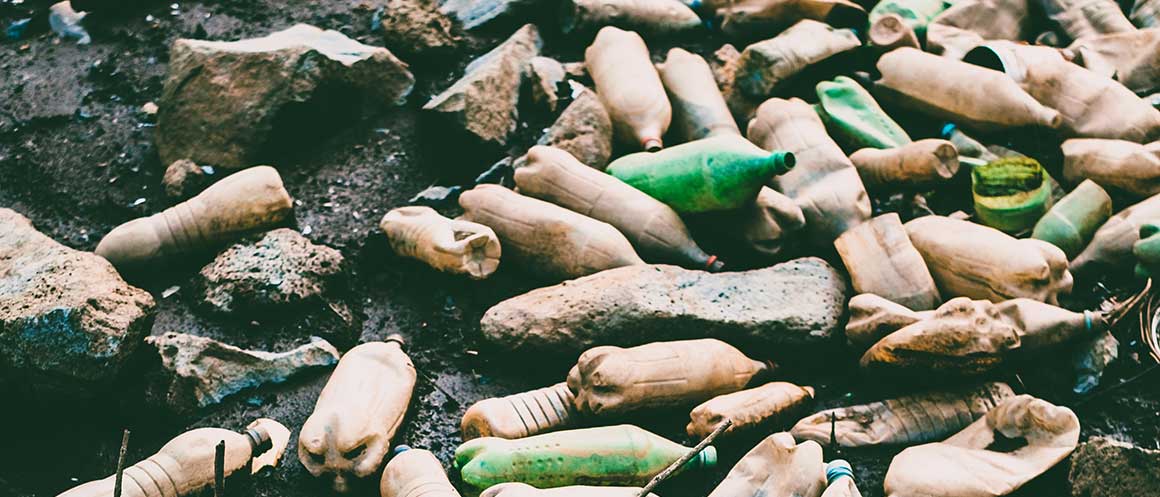

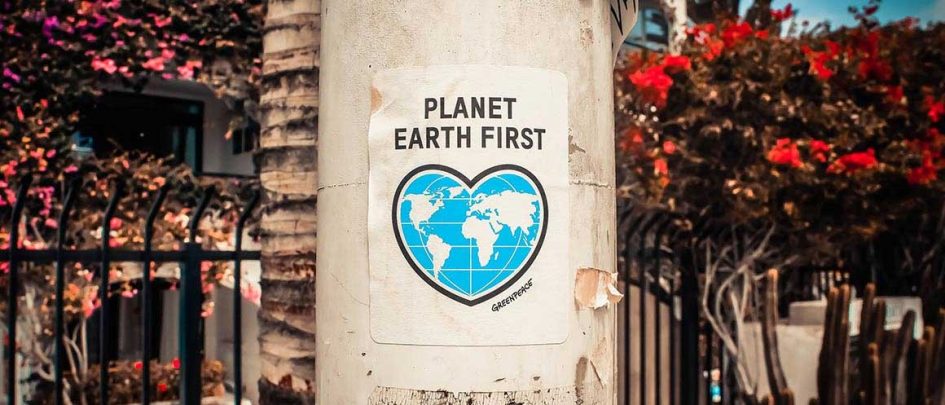
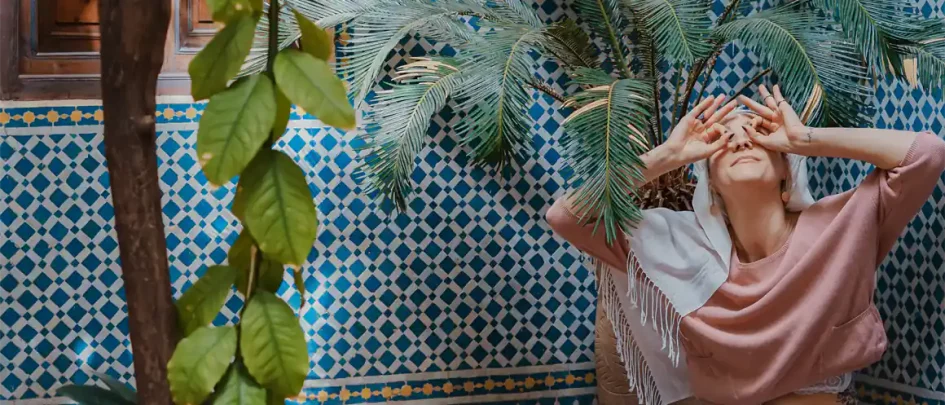






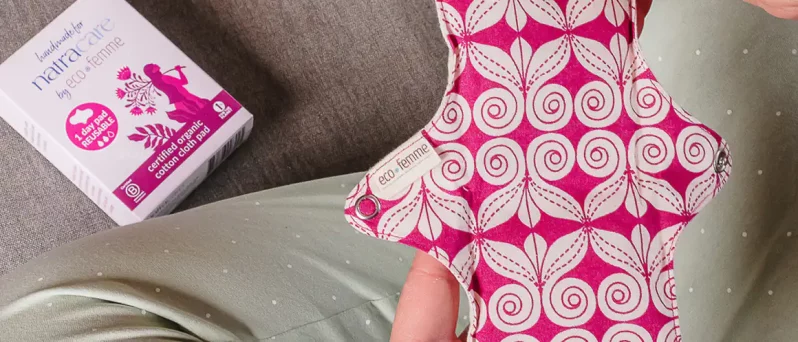

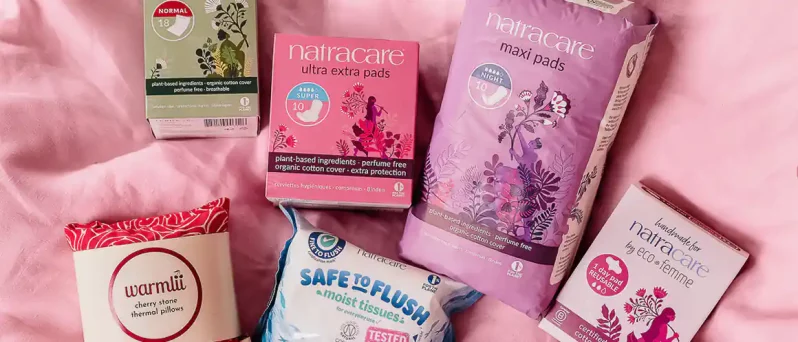
My school alredy begun Zero Waste Project, and also made many Ecobricks 🙂
That’s awesome Salma, glad to hear schools are getting involved with making Ecobricks!
Would glass bottles work as well as plastic bottles for EcoBricks?
Hi Scott, glass bottles should be recycled! Eco-bricks are about diverting plastic which otherwise doesn’t get recycled into better, long term use,
I am interested in starting a ecobricks building group, but can’t seem to find any lists or pictures of what “HARD PLASTICS” can be used. Can the plastic containers that are often used to sell produce in the U.S. be used? What are some examples of useable hard plastics. Is there a problem with sharp edges of corners when hard plastics are cut up? All sites that I have looked at so far, all say that paper is not acceptable in an ecobrick, but many packaging plastics have paper labels, etc. Is that paper acceptable? Looking into this, but need answers before recruiting others to join me.
Hi Lois, that’s amazing, you can use any plastic in your ecobricks, as long as it is clean, dry and not biodegradable. It’s best have a good mix of soft and hard plastics to make them more dense! Examples of plastics that you could use are food packaging, shampoo bottles, bottle lids – any plastic you can think of that can be cut into small pieces or is soft to fill in the gaps is perfect. There shouldn’t be too much problem when it comes to sharp edges, just don’t put these pieces at the base of your ecobricks! We would recommend that any paper labels on food packaging are removed before using the plastic for an ecobrick. I hope this helps and we wish you all the best with your building group!
You can also use those cheap plastic grocery bags that are banned in most places now. Those bags are actually hdpe (high density) and the stronger re usable bags are ldpe (low density). I’d recommend using them as filler because they are super easy to cut/shred up and they pack tightly leaving practically zero gaps. Another awesome thing about using those bags is the fact that you are taking them out of existence. When I think of all the litter in the oceans and on land, my mind pictures plastic bottles and those damn bags. Love all these ideas 🙂 it’s a win,win, win, situation.
I never use the kind of bottles that are used for ecobricks. I don’t buy fizzy drinks or bottled water. How can I recycle my plastic waste?
That’s great you don’t buy single-use plastic bottles. Eco-bricks are a really effective way of reusing discarded plastic that already exists. Try asking friends or acquaintances to pass on any empty bottles so you can then put your non-recyclable plastic into them. Or just check alongside a busy road, sadly a very popular spot for plastic bottles flung out of car windows.
If you look on almost all plastic products from storage containers, toys, grocery bags, anything plastic, it should have some type of identification of what the plastic is. Either letters or a number. Hdpe is high density plastic, the hard plastic. ldpe is low density plastic, the softer kind. break/cut it down to a blendable size ,go to a second hand store for a strong blender and do it to it lars!
I would be interested in making an eco brick wall in our community building but I’ve been told they are not safe because they are flammable. Do you have any advice?
Hey Caroline, a well made ecobrick isn’t a fire risk. The higher density an ecobrick is the less flammable it will be – that’s why it’s so important to pack them tightly! You can read more about ecobricks and fire here.
If you look on almost all plastic products from storage containers, toys, grocery bags, anything plastic, it should have some type of identification of what the plastic is. Either letters or a number. Hdpe is high density plastic, the hard plastic. ldpe is low density plastic, the softer kind. break/cut it down to a blendable size ,go to a second hand store for a strong blender and do it to it lars!
You could find all- natural fire retardant treatment for fabrics in liquid form for sale . If you could gather up enough fabric that’s being thrown out as waste, you could wrap the bricks in the fabric and finish off the outside with the fire retardant treatment.
Is it safe for me to use my Ecobricks as loft insulation in awkward areas of my attic.
Thank you.
It might be worth getting in touch with a builder or insulation specialist to ask – ecobricks are quite rigid and a fixed shape. They could be helpful but could leave cold bridges in your attic making the insulation less efficient!
We are started making a brick but would like to know where to take them – can you help? Also struggling to get the brick to the required weight – do you have any tips?
You can find your local Ecobrick collection point here: gobrik.com. Make sure that you keep packing as tightly as possible to build up the density and get the weight up! Happy Ecobricking 🙂
Be sure to pack as often as possible. Don’t add too much plastic all at once. Slow and steady because once you put a scoop of plastic in there that’s too big and doesn’t pack down to ad tight as could be, there will always be wasted space from that point on. Add a little, pack, pack, PACK! Add a little, so on and so on. Also ,if you could heat up the plastic that you’re using it would make a huge difference in how tight you can get it while also making it easier to do so. A heat gun is super handy when working with plastic. I don’t have any specific advice about what to use it for but if you work with plastic and have a heat gun near by, you’ll end up using it if you’re the creative type
I’ve kept all our non-recyclable plastic for the last 18 months. It is all clean and dry and ready for use but I don’t have time to make the eco-bricks. Are there other eco-brick makers that could use the plastic?
Many thanks
Hi Matt, you could try asking any of your local community groups? O if you have an eco-brick collection point nearby, they can connect you up with others who are making eco-bricks!
would I be able to ship my ecobricks anywhere? I can’t seem to find any drop off points in my area
Hi Kendall, there might be others in your neighborhood wanting to setup ecobrick projects and collection points as well. You could try reaching out on any local community groups and go from there!
Hi! What are we supposed to do with ecobricks after it has served its lifespan? Because according to some sites, it only lasts for 2-3 years. Thank you
Hi Kaizl, ecobricks will last a really long time as they’re made with plastic! Plastic typically takes 500+ years to break down, so there shouldn’t be a tight time limit on using your ecobricks.
Hi, I’m a newbie doing a small project with ecobricks. If I lose a cap that is the perfect fit for the completed plastic bottle are there any solutions. I’m thinking either I can seal it with a slightly larger bottle cap and an acrylic based sealant or maybe melt a plastic seal with a heatgun? Will that work? Any other solutions?
Hi Kyrie, sealing a lid from a different bottle sounds like a good solution! You may also find the perfect fit for the lid on your eco-brick journey as well as you collect and divert more plastic from going to landfill!
To all the people I gave advice to, I honestly have never made these bricks or even knew what they were until a few hours ago when I stumbled upon this. I feel like the advice is decent but the only experience I have with this concept is making my own tapping blocks. I’m a flooring installer and for laminated interlocking planks you need a high density block to tap the planks together without damaging it. Basically transferring the blow of a hammer into a block against the plank, distributing the pressure equally over an area which obviously turned into force. Well I’ve played around with a bunch of plastics, melting them , layering them , blending then melting them, and I make those blocks for my own use. Anyway, just thought I’d make that clear. I think my advice was good, aaaand make sure it’s correct before you apply it.
Why do you suggest adding a colour to the end of an ecobrick. I thought the idea was to cover them completely so that uv does not degrade the plastic.
Great question! The intention behind adding colour to the blocks is to create patterns for decorative purposes. Of course, once all the bricks are made, they can all be covered to stop UV rays from penetrating. For further clarity, you can this page here and they’ll be able to assist further: https://www.ecobricks.org/how/
Does bottle size matter? My family drinks mini 12 oz Gatorade bottles, will these suffice?
Hey, great question! The volume of your bottle is important — most ecobricks are between 500ml and 1.5l but your size choice might depend on your project. Small bottles are useful when making walls, but larger bottles are more appropriate for building benches.